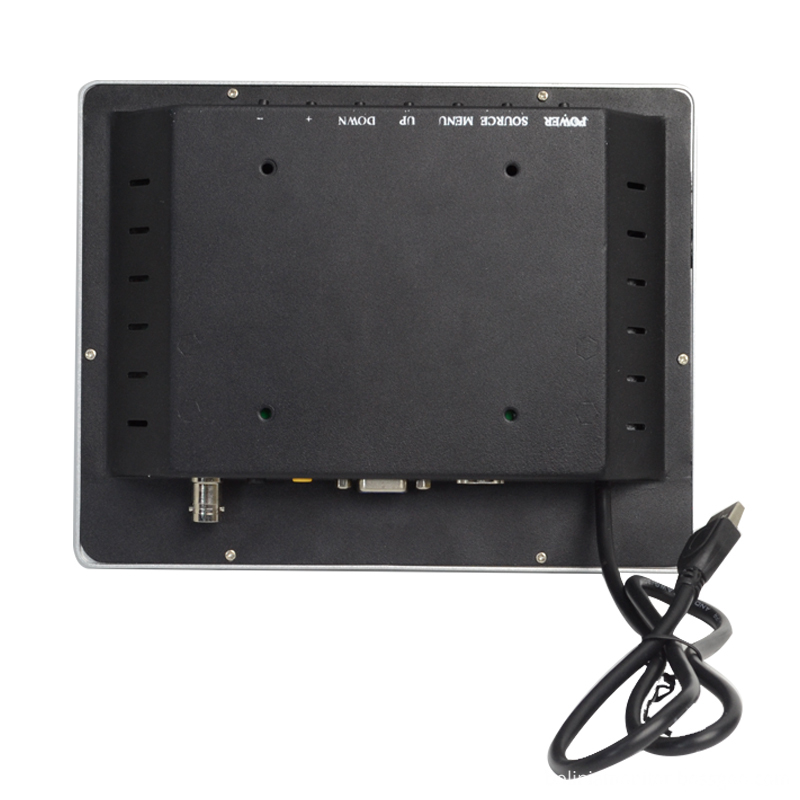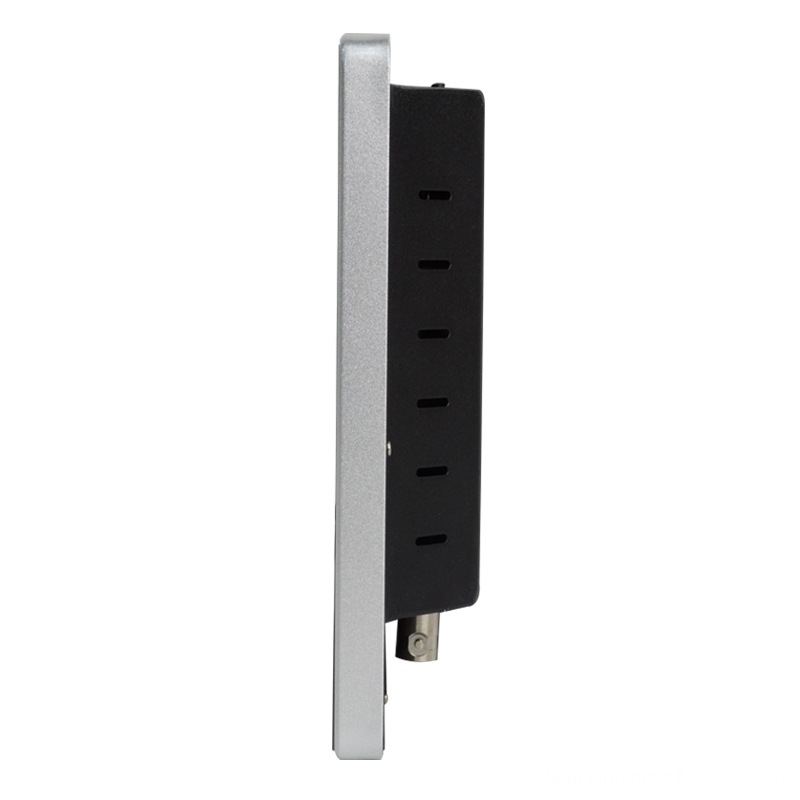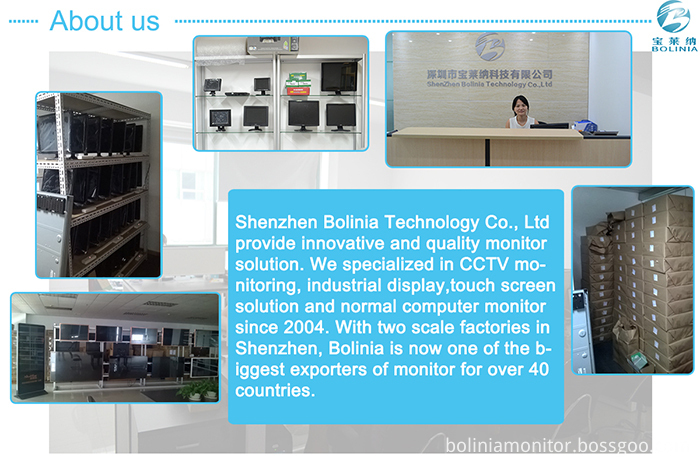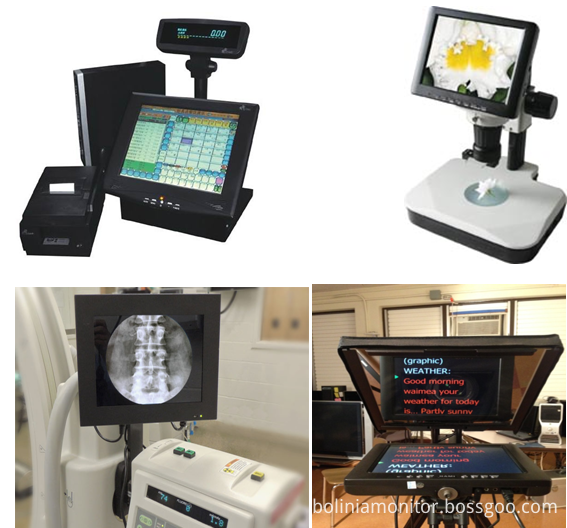The capital marriage between Philips and TSMC has ended for more than 20 years. A few days ago, Philips announced that it had sold out TSMC shares held by its hands, thus completing the plan to withdraw from the global semiconductor foundry giant in advance.
He Limei, a CFO and spokesperson for TSMC, said that he was pleased to see the successful completion of Philips' stock release. He believed that the deal would not affect TSMC's share repurchase program, which began on August 13.
For Philips, clearing out TSMC stocks is not a simple cash out. In fact, this is one of the latest trends in the Philips Group's exit from the semiconductor industry and is a sign that the company's strategic transformation is nearing its end.
More than 20 years of capital marriage ended
According to the announcement, Philips sold 383 million shares of TSMC to a number of financial institutions. This ratio accounts for approximately 1% of TSMC's total share capital. Philips said that the company will benefit from the sale of the stock of about 260 million euros (about 2.64 billion yuan), which will be reflected in the company's third quarter earnings.
The capital of Philips and TSMC began in the 1980s and has been in existence for more than 20 years. Initially, its shareholding ratio was as high as 27.5%. In the past 20 years, Philips has been playing the largest single shareholder role of TSMC despite its continued small sales of its shares. The cooperation between the two parties was once considered to be the most successful case between semiconductor manufacturing and industrial capital.
As early as the winter of 2004, the Philips Group reported that it was interested in selling its semiconductor business. Until the end of 2005, Ke Cilei, then the global CEO of Philips Electronics, denied this statement to the “First Financial Dailyâ€. He said at the time that the semiconductor business had always been the core business unit of Philips. Although it could not bring higher profits to the group, it was not cumbersome.
But eight months later, Philips sold about 80% of the semiconductor division to a number of private equity firms and received about $8.21 billion in cash. Ke Cilei later revealed in Beijing that the reason for the two-year divestiture was mainly to consider how to take the shot, because the merger with other companies and direct sales will bring high costs, and it is difficult to see the obvious effect when the independent listing.
At present, the semiconductor business that has been stripped out has become an independent semiconductor company NXP (NXP). It is also the fourth semiconductor company born out of the giant IT giants after Freescale, Infineon and Agilent. The first three parent companies are Motorola, Siemens and HP.
Completely withdraw from the semiconductor industry
However, this is only a key step in the downsizing of the semiconductor manufacturing industry. Ke Cilei's goal is to fully withdraw from the semiconductor business including investment. In March 2007, Philips and TSMC reached an agreement to sell the latter's shares in phases in 2010.
Before the 383 million shares were cleared, in the second quarter and the fourth quarter of 2007, Philips had sold nearly one-third of the shares of the company, which had a good return. Among them, in the fourth quarter alone, it received about $1.4 billion in investment income. In addition, Philips also directly withdrew from TSMC's board of directors.
The withdrawal of TSMC and the entire semiconductor industry will also affect Philips' financial performance in the short term. In the first quarter of this year's earnings report, Philips' profit margin fell by as much as 75%. The company publicly stated that there are two main reasons for this decline, namely, the sale of TSMC shares last year and the price of North American flat-panel TVs.
Ke Cilei said that if Philips' 100-year history is regarded as a novel, and the current chapter, the title is repositioned. In fact, the Philips Group has already shifted its focus to healthcare systems, lifestyle and core technologies, and exiting the semiconductor industry is only part of the strategic shift. Since 2002, it has withdrawn from communications, security and imaging businesses, healthcare product branches, mobile phones, and panels. In addition, not long ago, it also licensed the once-popular display brand business to TPV Technology.
US CPSC implements voluntary recall of Chinese-made emergency lights 2008-08-20
Hong Kong Mid-Autumn Festival or to turn off the lights and enjoy less months of lighting equipment 2008-08-20
Foshan Lighting Zhongxincai: low-key conservative willing to do bulbs 2008-08-20
NVC Lighting: Energy saving and emission reduction has achieved considerable business value 2008-08-20
1

We are factory for 8-24 inch PCAP (Projected Capacitive) touch/PCT monitors.
Normal
plastic or Metal Monitor from 7 inch to 24 inch.
Single Touch Monitor with resistive 4 wire and 5 wire for options from 7 inch
to 22 inch.
SDI monitor from 15 inch to 21.5 inch.
PCAP Touch Screen Monitor are widely use in POS, ATM, Ticket Dsipenser, Queue Management System, Smart Home, Vending Machine and etc.The specifications are Industrial A grade LCD matrix,WLED backlight,Aluminum case,Open frame design,Projected capacitive touch,Support up to 10-points touch,Support Windows/Mactonish/Linux/DOS,VGA/HDMI input,HD high definition signal,Progressive scan
,Support both stand, VESA and chassis mount,Shockproof and dustproof. G+G Touch Panel technology makes touch experience more comfortalbe. All our touch program are from EETI original factory.







PCAP Touch Screen Monitor
PCAP Touch , PCAP Touch Screen Monitor, PCAP Touch Monitor,PCT touch Monitor, Multi touch Monitor
Shenzhen Bolinia Technology Co., Ltd. , http://www.bolinia.com
